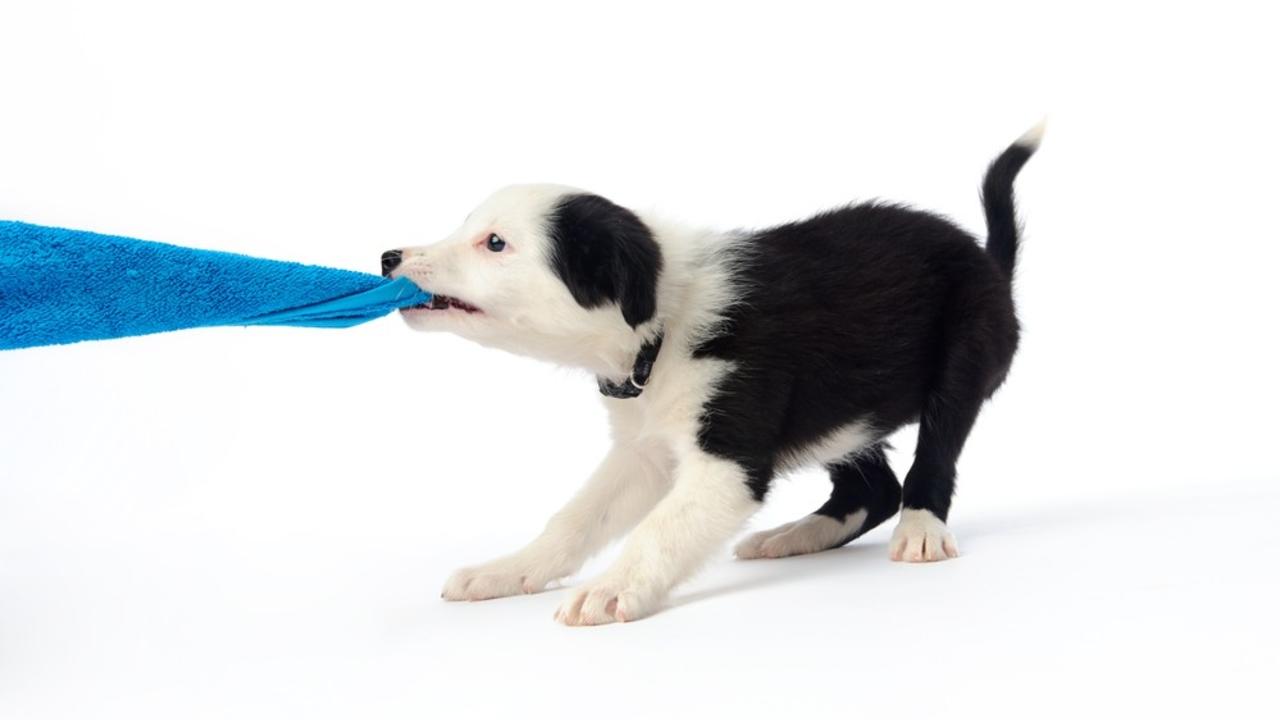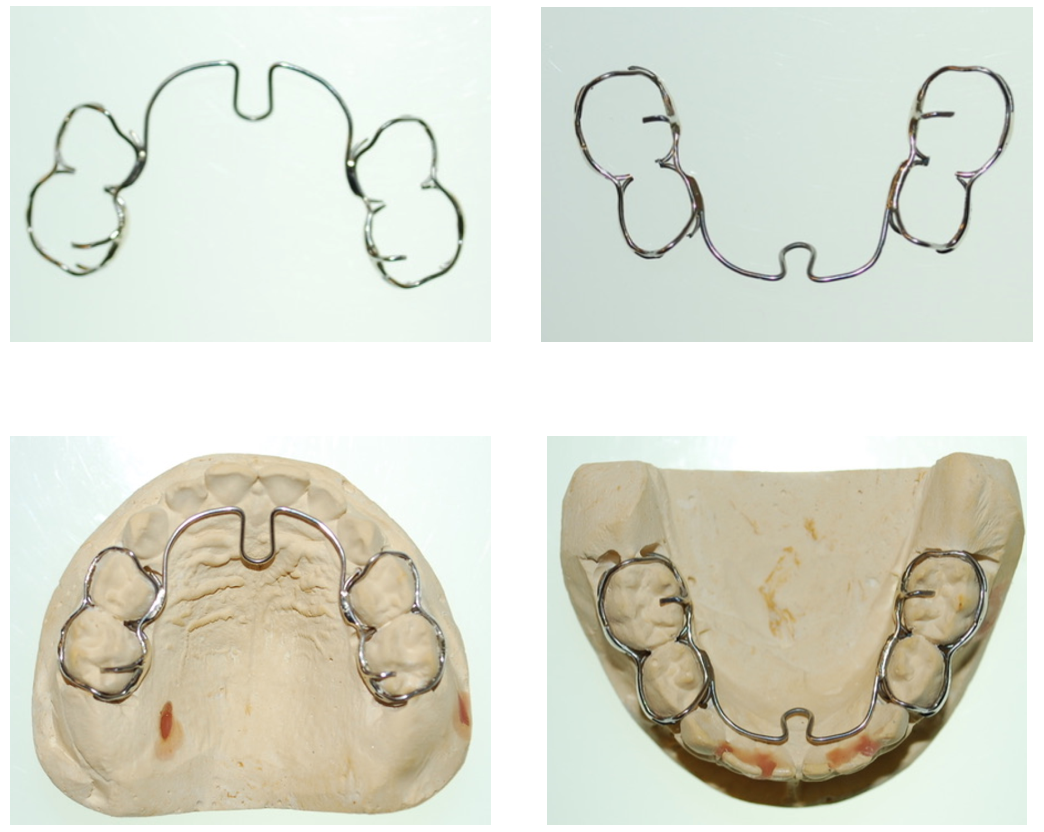Retentive Elements: Cribs, Bands, and U-Clasps
Dec 05, 2019
The silent prayer of an ALF dentist: "I hope it will not come loose ..."
Let's discuss some options for retention, including and beyond the traditional ALF crib. The following material is an excerpt from my next online course "ALF Beyond the Basics".
Dr. Nordstrom’s ALF Cribs

- TWO retentive crescents: lingual and buccal
- If a crib comes loose, it distorts easily if the patient bites down on it.
Foiled Cribs


- The foil makes the crib sturdier.
- It creates a tighter "grip" on the tooth.
- It adds to the lab fees and requires advanced lab skills.
Stealth Cribs


- Stealth cribs have only ONE crescent: on the lingual.
- The crib wire crosses over the occlusal surface only on the distal of the cribbed tooth, therefore creating less possibility for occlusal interferences.
- The crib is easy to seat and secure in place.
- Resin ledge can be placed on the buccal and lingual;
removal is still easy without popping off a ledge. - Stealth cribs reduce lab fees and are easier to fabricate than full ALF cribs.
Twin Cribs

- Twin cribs provide more anchorage/a bigger block of resistance.
- They are more prone to food impaction
Here is an example of where you may want to use them:
Twin Cribs to Jump an Anterior Crossbite

If you want to know more about the different designs that you see in the pictures, watch out for the upcoming "ALF Beyond the Basics".
Bands

- Bands provide very good retention.
- They require additional chair-time for cementation and removal.
- The patient cannot take the appliance out easily in the case of an emergency.
- The red arrow points to a ledge (wire) soldered to the buccal of the band. The ledge should have an edge towards the apical to assist in band removal.
Half Cribs


- Half cribs are used with acrylic appliances.
- The crescent on the buccal may give more retention and adjustment options than an Adam’s clasp.
U-Clasps - full and half


- U-clasps are also known as Dunn wires.
- They provide excellent retention.
- They may not require resin ledges or only on one side.
- They work well with the Crozat body wire.
- They can be painful to insert and remove, requiring topical anesthetic.
- They may need to be shortened to crescents on one side.

View All My Courses and Mentoring Options in One Place
You probably know about "ALF Therapy and Cranial Osteopathy 101" (online / live as AAGO session III). But there is more:
- ALF 101 Intensive - LIVE (limited to four participants)
- ALF Advanced Intensive - LIVE (limited to four participants)
- ALF Introductory Webinars - per request, next date is March 13, 2020
- ALF Beyond the Basics - ONLINE (coming spring 2020)
- ALF Mentoring - ONLINE and LIVE

Warm personal regards and happy ALFing,



To subscribe to my ALF Newsletter, please click HERE.
The ALF online seminar is now also available to osteopathic physicians and orofacial myofunctional therapists at a reduced price. Please inquire about the discount coupon.


